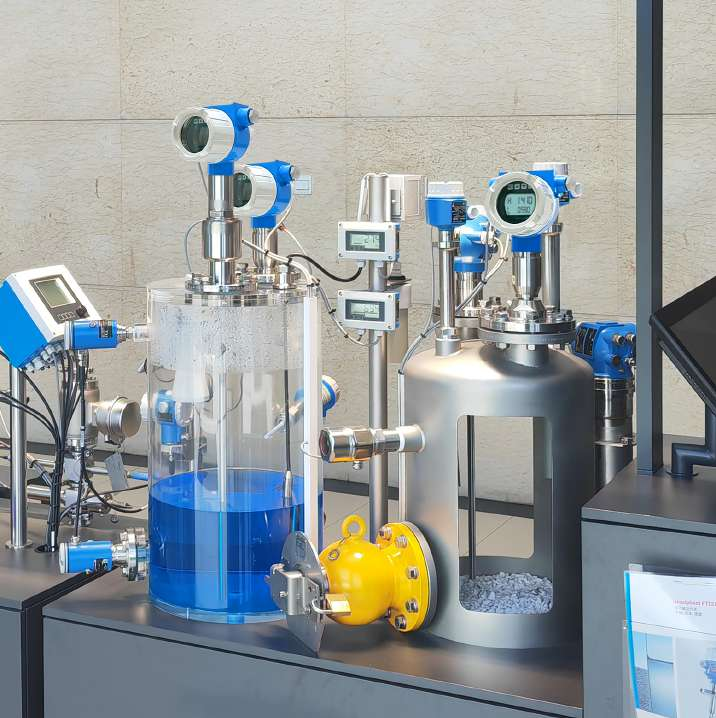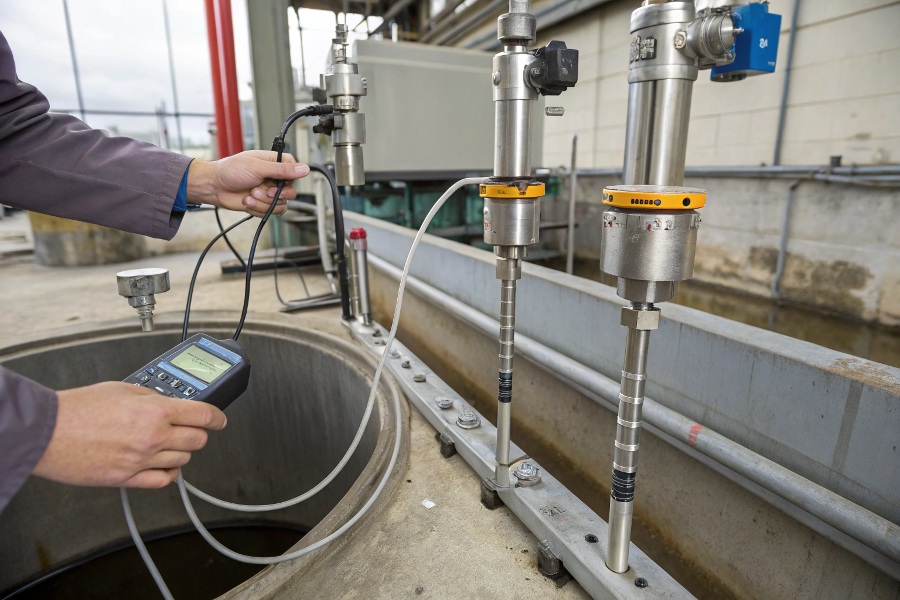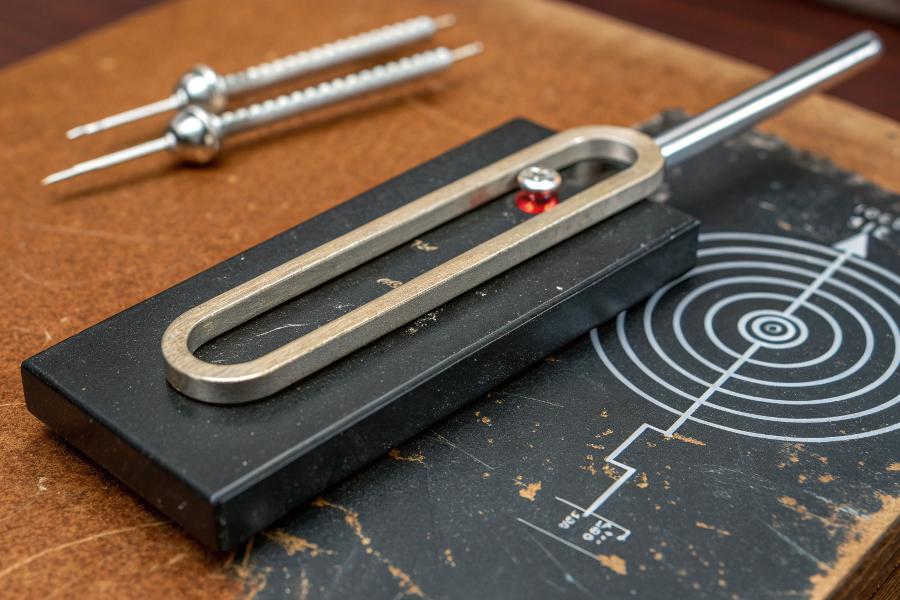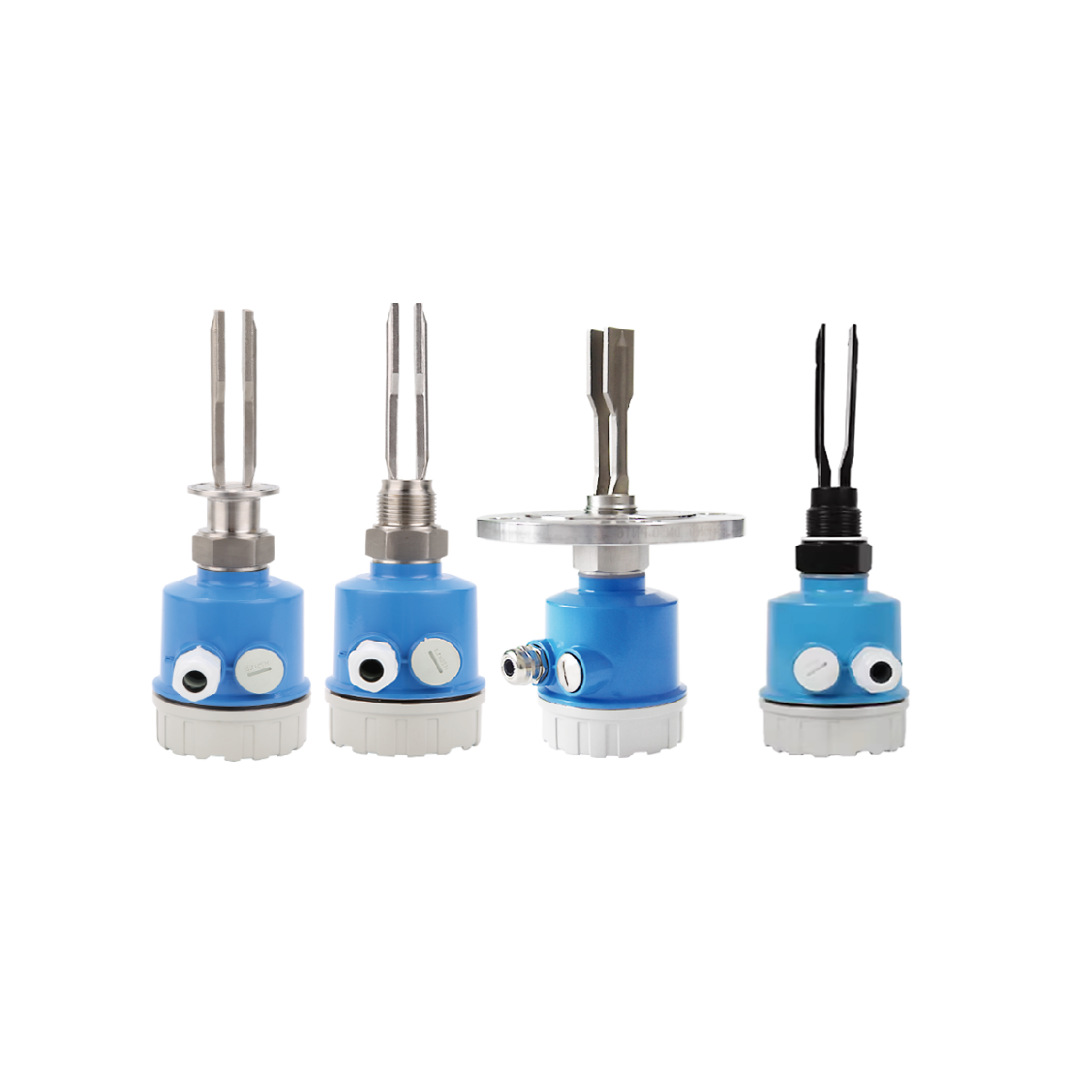Choosing the wrong level detection method can lead to false alarms, process interruptions, and costly maintenance issues in industrial applications.
Tuning fork level switches excel in liquid and powder level detection, offering reliable point level measurement in tanks, pipes, and vessels across diverse industries.

Tuning Fork Level Switch Applications
I’ve seen numerous applications across different industries, and I’ll share my insights on where these devices work best.
What Are the Applications of Level Switches?
Level switches play a critical role in process control, but choosing the right type is essential for success.
Level switches are used for high/low level alarms, pump protection, overflow prevention, and dry-run protection in tanks, vessels, and pipelines.

Level Switch Uses
From my experience working with various industries:
Primary Applications
-
Industry Usage
Industry Application Benefits Chemical Overfill Protection Safety Food & Beverage Tank Level Control Hygiene Water Treatment Pump Protection Reliability Oil & Gas Interface Detection Accuracy -
Process Requirements
- Safety monitoring
- Process control
- Equipment protection
- Inventory management
Implementation Scenarios
-
Critical Functions
- High-level alarm
- Low-level alarm
- Pump control
- Process automation
-
Operating Conditions
- Continuous monitoring
- Intermittent checking
- Emergency shutdown
- Process optimization
These applications ensure efficient operations.
What Are the Applications of Tuning Forks?
Tuning fork technology offers unique advantages in specific applications.
Tuning forks are ideal for liquid, slurry, and powder level detection, particularly in challenging environments where reliability and minimal maintenance are crucial.

Tuning Fork Applications
Based on my field experience:
Industrial Applications
-
Material Compatibility
Material Type Application Key Advantage Liquids Storage Tanks Reliable Powders Silos Self-cleaning Slurries Process Vessels Low maintenance Interface Separators Accurate -
Process Considerations
- Viscosity range
- Temperature limits
- Pressure ratings
- Chemical compatibility
Special Applications
-
Critical Services
- Hazardous areas
- Hygienic processes
- High-temperature
- Corrosive media
-
Operational Benefits
- No calibration
- Self-monitoring
- Easy installation
- Long service life
These factors guide application selection.
How Does a Tuning Fork Level Switch Work?
Understanding the operating principle helps match the technology to your application needs.
A tuning fork vibrates at its resonant frequency until material contact dampens the vibration, triggering a switch state change for level indication.

Tuning Fork Operating Principle
Drawing from my technical expertise:
Operating Mechanism
-
Functional Elements
Component Function Operation Fork Tines Sensing Vibration Piezo Drive Excitation Frequency Electronics Processing Detection Output Switching Control -
Detection Process
- Continuous vibration
- Material contact
- Frequency change
- Output switching
Performance Factors
-
Operating Parameters
- Material density
- Process conditions
- Response time
- Switching accuracy
-
Environmental Effects
- Temperature impact
- Pressure influence
- Build-up handling
- Vibration tolerance
These principles ensure reliable operation.
What is a Tuning Fork and How is it Used?
Selection of the right tuning fork design is crucial for optimal performance.
A tuning fork is a resonant sensor using vibrating tines for level detection, offering simple, reliable operation without moving parts or calibration needs.

Tuning Fork Design
Based on my implementation experience:
Design Features
-
Construction Elements
Feature Purpose Benefit Tine Design Sensing Reliability Materials Durability Longevity Coating Protection Versatility Connection Installation Flexibility -
Selection Criteria
- Process compatibility
- Operating conditions
- Mounting options
- Safety requirements
Implementation Considerations
-
Installation Factors
- Mounting location
- Orientation needs
- Access requirements
- Maintenance space
-
Operational Aspects
- Setup simplicity
- Diagnostic features
- Maintenance needs
- Life cycle costs
These considerations ensure successful implementation.
Conclusion
Tuning fork level switches offer reliable, maintenance-free operation across diverse applications, making them an excellent choice when properly matched to process requirements and operating conditions.
